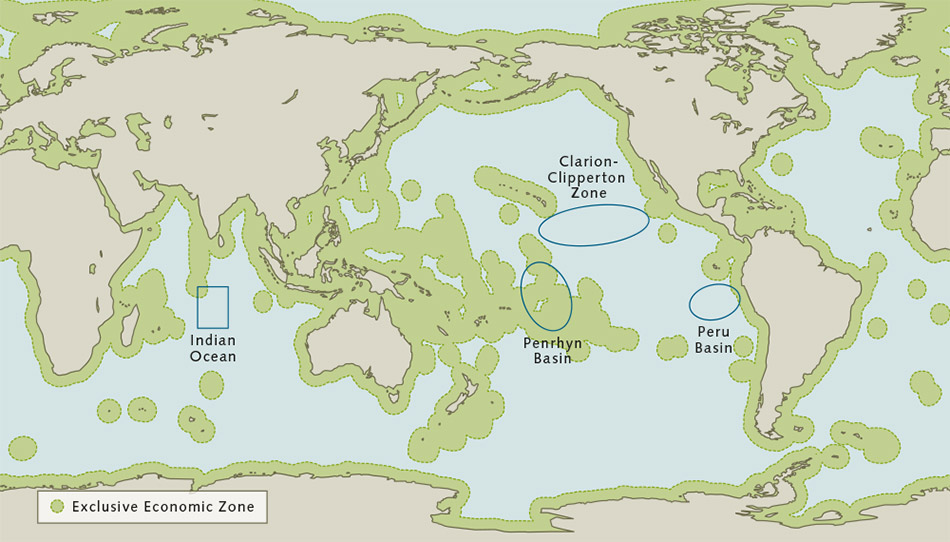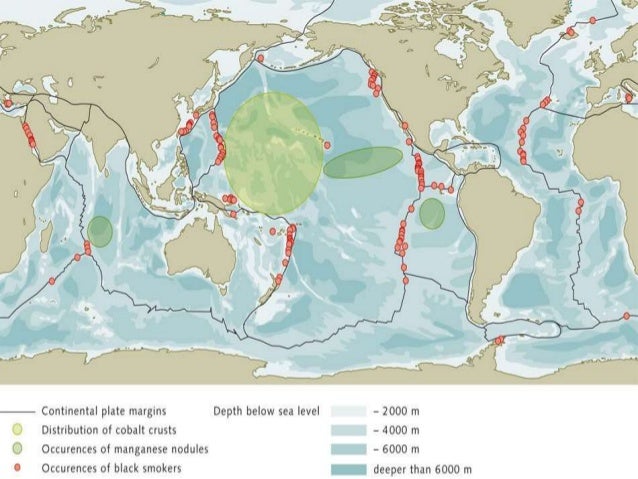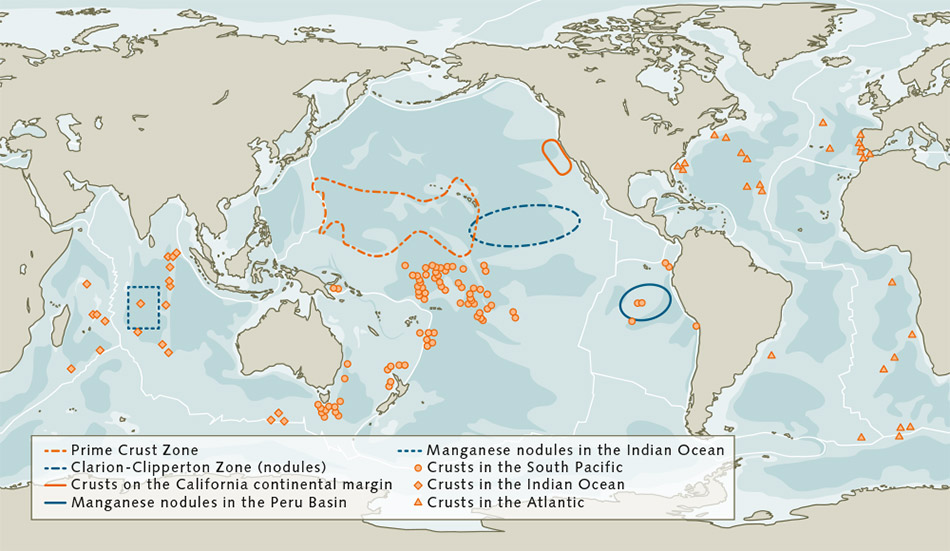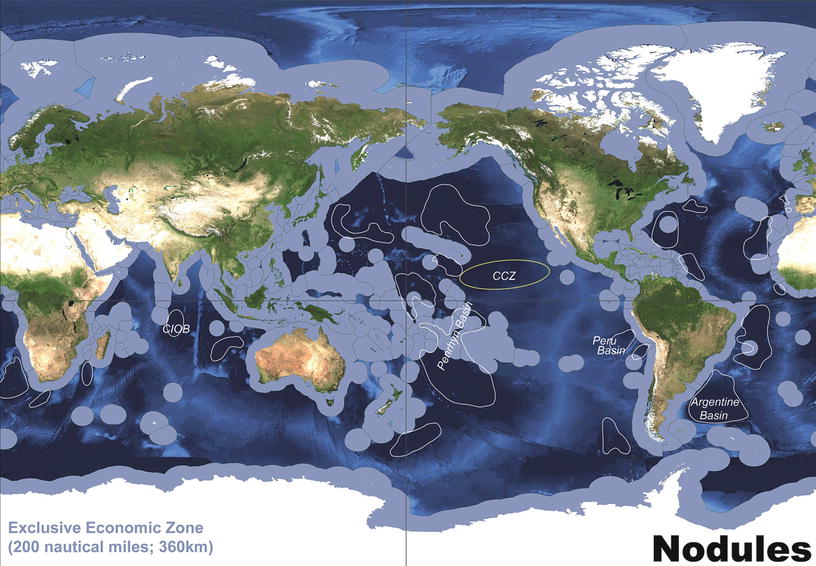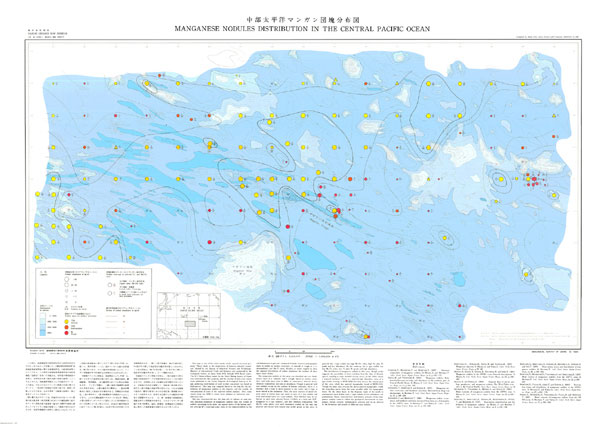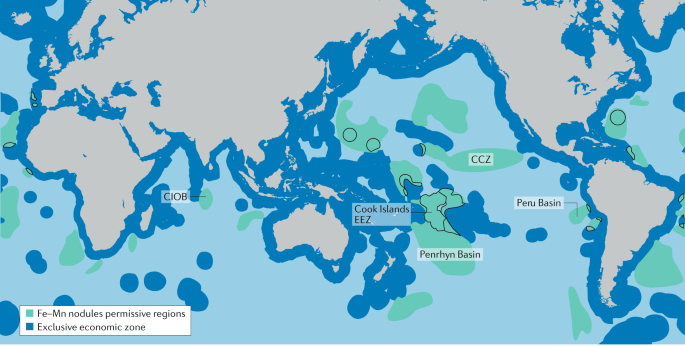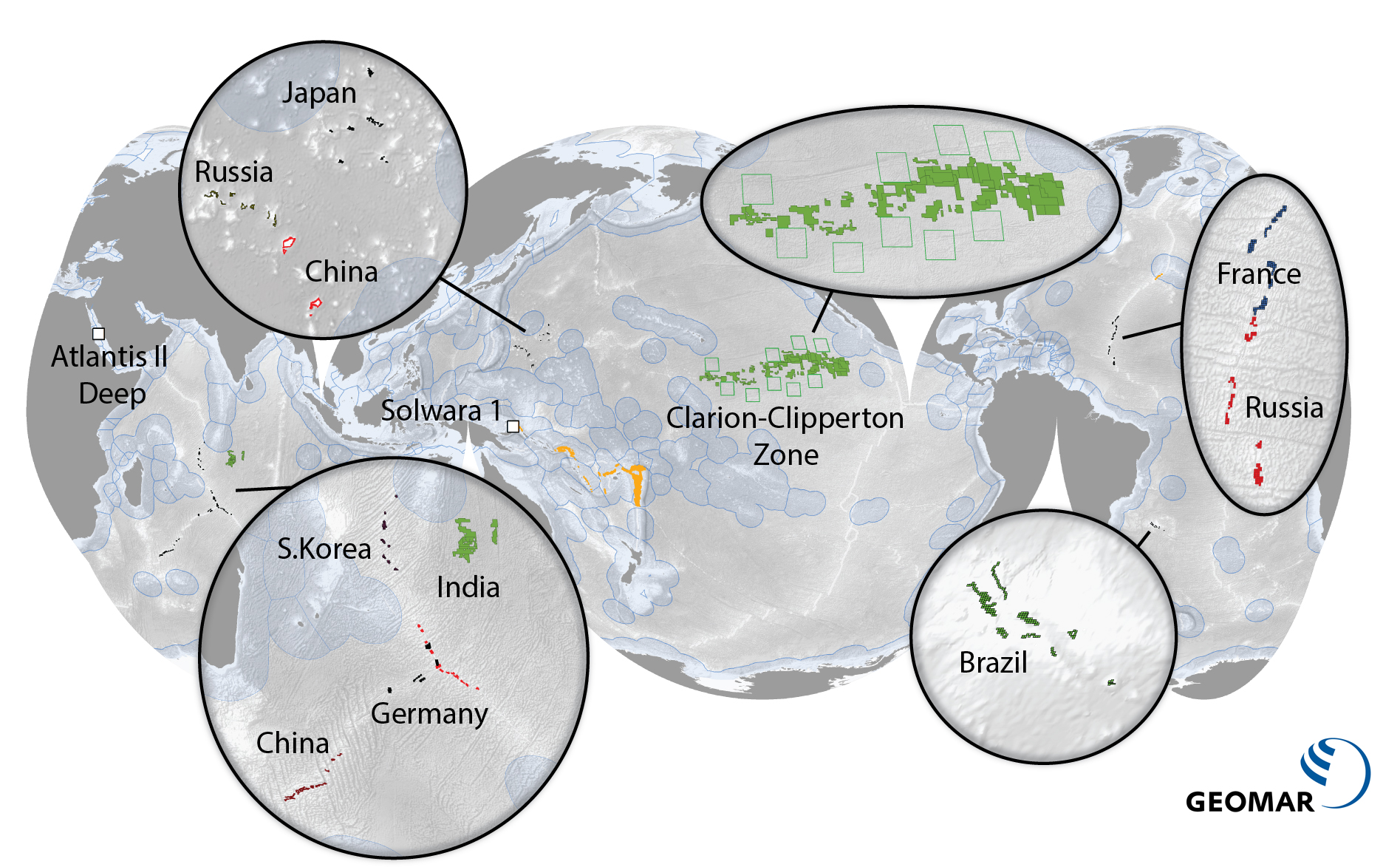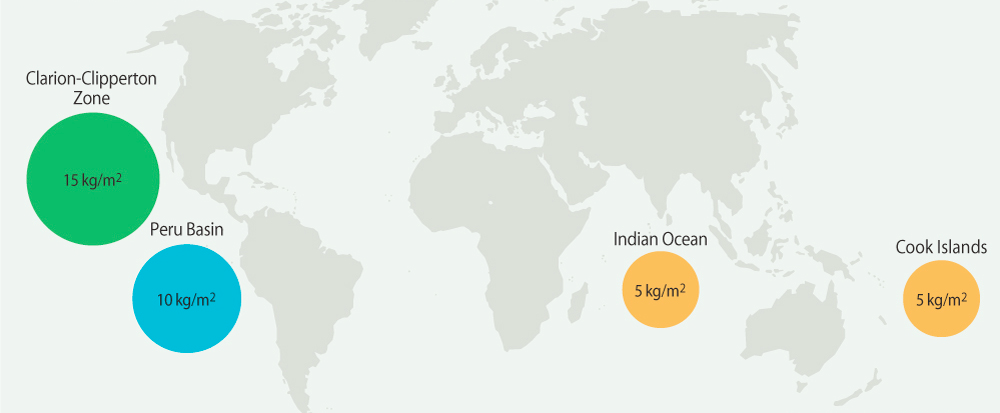Manganese Nodules Map
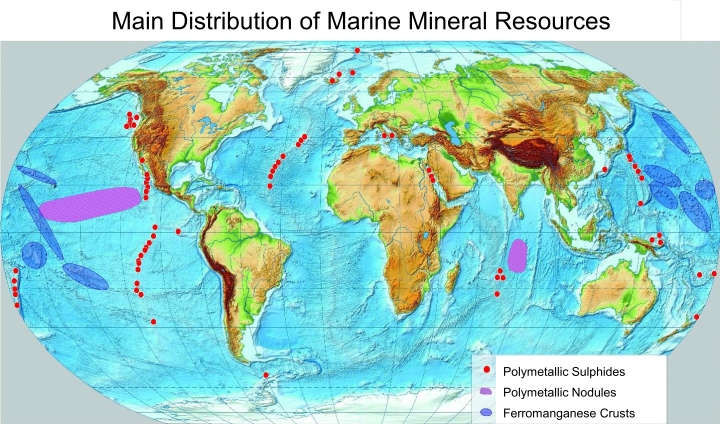
Manganese content in manganese nodules and their latitudes at stations in the scripps institu tion of oceanography s sediment data bank 10.
Manganese nodules map. An additional potential source of manganese is the ferromanganese nodules and crusts that occur on the seafloor in many parts of the world s oceans. If production of these nodules proves. The total tonnage of nodules is about 4 mt with 113 812 t for copper nickel and cobalt tonnage and 1 171 000 t for manganese rahn 2016 ordinary kriging interpolation was applied to predict nodule abundances on the basis of box core sample data provided by the bgr rahn 2016. Diagrams showing relations between.
The created prediction map figure 2. However it was not until after wwii that nodules were further studied in detail for their ability to adsorb metals from seawater. Over millions of years minerals are deposited around a core. Many of the early studies did not distinguish mn nodules from mn crusts.
The growth types termed diagenetic and hydrogenetic. Mining sites will be located thousands of kilometres from land on the high seas with 5000 metres of ocean water between the mining platform and the minerals being mined. Sedimentary nodules which have a lower mn 2 content than diagenetic are dominated by fe vernadite mn feroxyhyte and asbolane buserite while diagenetic nodules are dominated by buserite i birnessite todorokite and asbolane buserite. Deep ocean polymetallic nodules also known as manganese nodules are composed of iron and manganese oxides that accrete around a nucleus on the vast abyssal plains of the global ocean 1 2 3 4 5 6.
The mineral composition of manganese bearing minerals is dependent on how the nodules are formed. Jurisdictions dark black blue to pale gray blue and global. 2 10 lice through a manganese nodule. The existence of manganese mn nodules figure 1 has been known since the late 1800s when they were collected during the challenger expedition of 1873 1876.
Metal rich clumps together with cobalt crusts manganese nodules are considered to be the most important deposits of metals and other mineral resources in the sea today. Map showing manganese nodule stations in the scripps institution of oceanography s sediment data bank as of march 1980 3 2 13. Manganese nodules figure 2 map of global distribution of exclusive economic zones eez gray shading areas beyond national.
